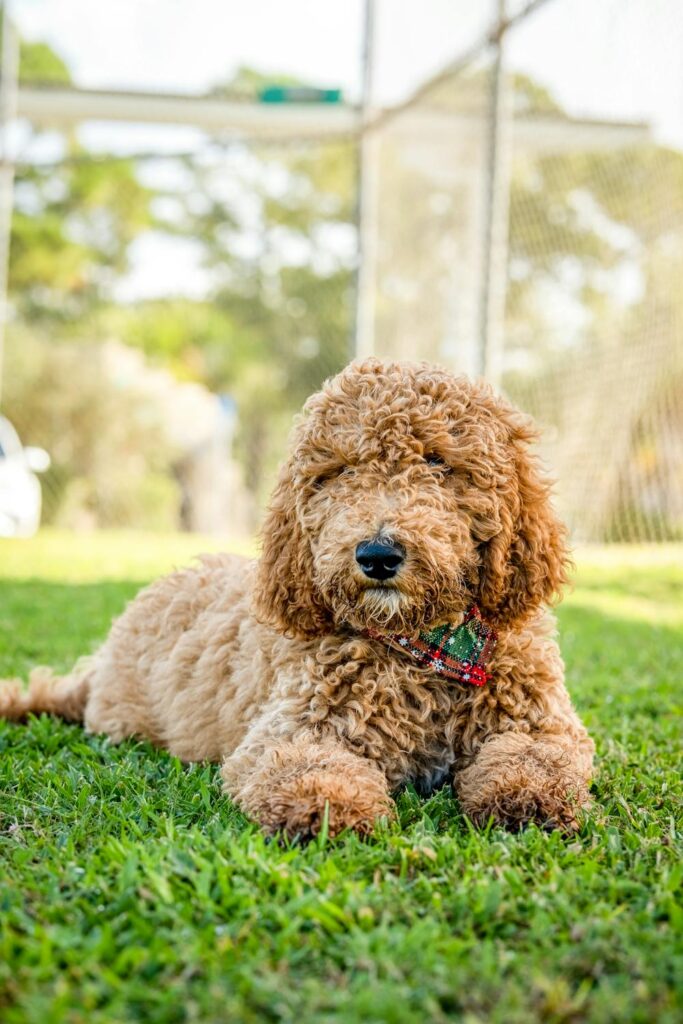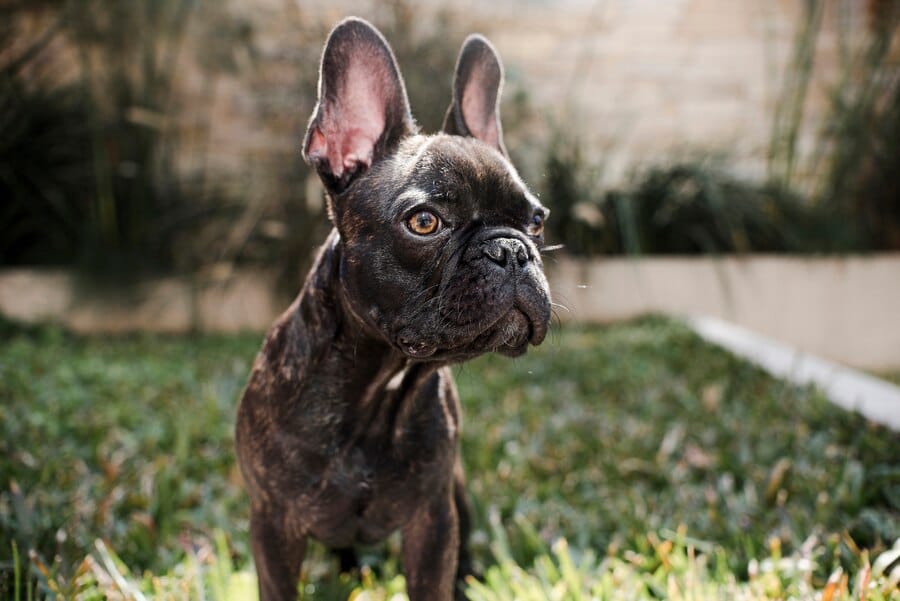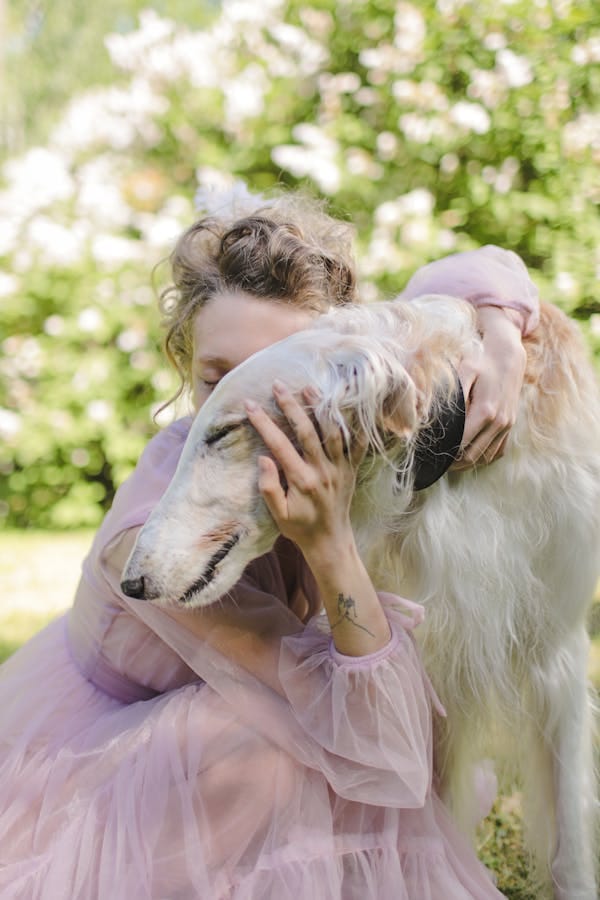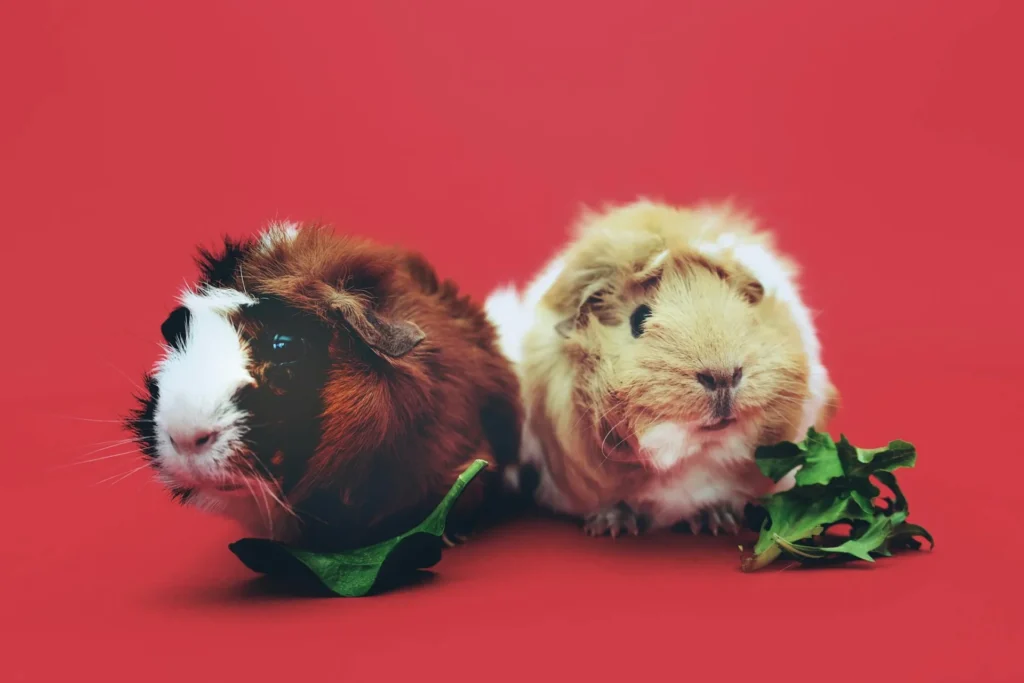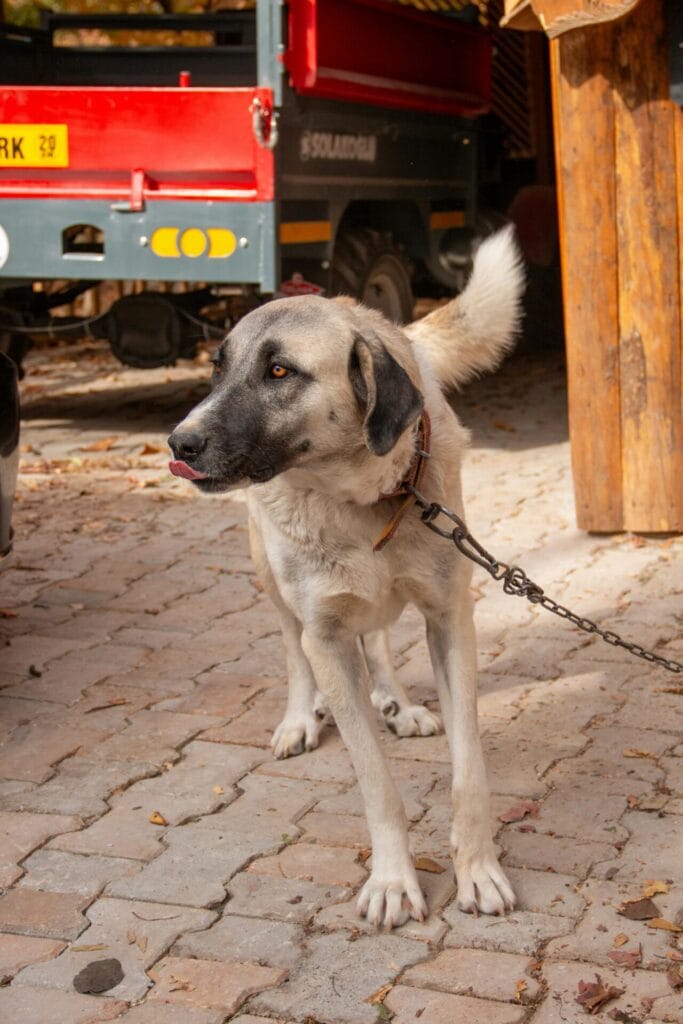- Understanding Doodle Temperament: Nature vs. Nurture 🧬
- Top 5 Calmest Doodle Breeds: Meet Your Zen Companions 🧘♀️
- Comparative Analysis: Calm Quotient of Doodle Breeds 📊
- Factors Influencing Calmness in Doodles 🧠
- Tips for Nurturing Calmness in Your Doodle 🌿
- Health Considerations for Calm Doodle Breeds 🏥
- FAQs About Calm Doodle Breeds 🤔
- Conclusion: Finding Your Perfect Calm Companion 🌈
Are you on the hunt for a furry friend with a laid-back personality? Look no further! In this in-depth exploration, we’ll dive into the world of doodles to discover which of these lovable hybrids are known for their calm demeanor. Whether you’re a first-time dog owner or a seasoned pet parent, understanding the temperament of different doodle breeds can help you find the perfect match for your lifestyle.
Understanding Doodle Temperament: Nature vs. Nurture 🧬
Before we delve into specific breeds, it’s crucial to understand that a dog’s temperament is influenced by both genetics and environment. While certain doodle breeds may have a predisposition towards calmness, individual personalities can vary. Factors that contribute to a doodle’s temperament include:
- Genetic inheritance from parent breeds
- Early socialization and training
- Exercise and mental stimulation
- Living environment and daily routine
- Health and nutrition
Keep these factors in mind as we explore the calmest doodle breeds. Remember, proper training and care play a significant role in shaping your doodle’s behavior, regardless of breed tendencies.
Top 5 Calmest Doodle Breeds: Meet Your Zen Companions 🧘♀️
Let’s dive into the doodle breeds known for their serene dispositions:
1. Bernedoodle (Bernese Mountain Dog + Poodle) 🐶
Bernedoodles often inherit the gentle, easy-going nature of the Bernese Mountain Dog, combined with the intelligence of the Poodle.
Key Characteristics:
- Size: 23-29 inches tall, 70-90 lbs (standard)
- Coat: Wavy to curly, often tricolor
- Lifespan: 12-18 years
Why They’re Calm:
- Patient and gentle, especially with children
- Low to moderate energy levels
- Enjoy lounging and cuddling
Considerations:
- Need regular exercise to prevent boredom
- Can be sensitive to harsh corrections
- May have a stubborn streak, requiring consistent training
2. Saint Berdoodle (Saint Bernard + Poodle) 🐾
Saint Berdoodles often embody the laid-back, affectionate nature of the Saint Bernard with the Poodle’s intelligence.
Key Characteristics:
- Size: 24-30 inches tall, 110-200 lbs
- Coat: Wavy to curly, often in brown, black, or white
- Lifespan: 8-12 years
Why They’re Calm:
- Gentle giants with a serene disposition
- Patient and tolerant, great with families
- Low to moderate energy levels
Considerations:
- Prone to drooling
- May be less playful than other doodle breeds
- Require space due to their large size
3. Goldendoodle (Golden Retriever + Poodle) 🌟
While Goldendoodles are known for their friendly nature, certain lines, especially F1b Goldendoodles (75% Poodle), can be calmer.
Key Characteristics:
- Size: 20-24 inches tall, 50-90 lbs (standard)
- Coat: Wavy to curly, often golden or cream-colored
- Lifespan: 10-15 years
Why They’re Calm:
- Gentle and affectionate
- Adaptable to various living situations
- Responsive to training
Considerations:
- Energy levels can vary; some may be more active
- Require regular mental stimulation
- May develop separation anxiety if not properly trained
4. Newfypoo (Newfoundland + Poodle) 🐻
Newfypoos often inherit the Newfoundland’s gentle, calm nature combined with the Poodle’s intelligence.
Key Characteristics:
- Size: 22-30 inches tall, 70-150 lbs
- Coat: Wavy to curly, often black, brown, or gray
- Lifespan: 8-12 years
Why They’re Calm:
- Known for their patient, gentle nature
- Low to moderate energy levels
- Excellent with children and other pets
Considerations:
- Prone to drooling
- May be less playful than other doodle breeds
- Require space due to their large size
5. Sheepadoodle (Old English Sheepdog + Poodle) 🐑
Sheepadoodles often combine the Old English Sheepdog’s calm, friendly nature with the Poodle’s intelligence.
Key Characteristics:
- Size: 20-27 inches tall, 60-80 lbs (standard)
- Coat: Wavy to curly, often black and white
- Lifespan: 12-15 years
Why They’re Calm:
- Known for their gentle, easy-going nature
- Adaptable to various living situations
- Patient with children and other pets
Considerations:
- May have herding instincts
- Require regular grooming due to their long coat
- Can be sensitive to harsh corrections
Comparative Analysis: Calm Quotient of Doodle Breeds 📊
To help you visualize the relative calmness of different doodle breeds, let’s look at a comparative table:
| Breed | Calm Score (1-10) | Energy Level | Trainability | Best For |
|---|---|---|---|---|
| Bernedoodle | 9 | Low to Moderate | High | Families, Seniors |
| Saint Berdoodle | 9.5 | Low | Moderate | Large Homes, Patient Owners |
| Goldendoodle | 7.5 | Moderate | High | Active Families, First-Time Owners |
| Newfypoo | 9 | Low | Moderate | Families, Water Lovers |
| Sheepadoodle | 8 | Moderate | High | Families, Active Singles |
Note: This table is based on general breed tendencies. Individual dogs may vary.
Factors Influencing Calmness in Doodles 🧠
While breed tendencies play a role, several factors can influence how calm your doodle will be:
- Generation: F1b doodles (75% Poodle) often inherit more Poodle traits, which can include a calmer demeanor.
- Size: Larger doodles tend to be calmer than their smaller counterparts.
- Age: Puppies and young dogs are naturally more energetic. Calmness often increases with age.
- Exercise: A well-exercised doodle is more likely to be calm indoors.
- Training: Consistent, positive reinforcement training can help develop a calm demeanor.
- Socialization: Early and ongoing socialization can help prevent anxiety-driven behaviors.
- Health: A healthy dog is more likely to display balanced behavior.
Tips for Nurturing Calmness in Your Doodle 🌿
Regardless of breed, you can encourage calmness in your doodle with these strategies:
- Establish a Routine: Consistent daily schedules can help your doodle feel secure and relaxed.
- Provide Mental Stimulation: Puzzle toys and training sessions can tire out your dog mentally, promoting calmness.
- Practice Relaxation: Teach your doodle a “settle” or “place” command for quiet time.
- Use Positive Reinforcement: Reward calm behavior to encourage its recurrence.
- Avoid Overexcitement: Keep greetings and play sessions calm to prevent overstimulation.
- Consider Aromatherapy: Some dogs respond well to calming scents like lavender.
- Provide a Safe Space: Create a quiet area where your doodle can retreat when feeling overwhelmed.
Health Considerations for Calm Doodle Breeds 🏥
While calmness is desirable, it’s important to ensure it’s not a sign of underlying health issues. Be aware of these potential health concerns in calm doodle breeds:
Bernedoodle:
- Hip and elbow dysplasia
- Von Willebrand’s disease
- Eye problems
Saint Berdoodle:
- Bloat
- Hip dysplasia
- Heart issues
Goldendoodle:
- Hip dysplasia
- Progressive Retinal Atrophy (PRA)
- Ear infections
Newfypoo:
- Hip dysplasia
- Subvalvular Aortic Stenosis
- Cystinuria
Sheepadoodle:
- Hip dysplasia
- Progressive Retinal Atrophy (PRA)
- Hypothyroidism
Regular veterinary check-ups and genetic testing can help prevent or manage these conditions, ensuring your calm doodle stays healthy and happy.
FAQs About Calm Doodle Breeds 🤔
Let’s address some common questions about calm doodle breeds:
Q: Are male or female doodles calmer?
A: Generally, there’s no significant difference in calmness between males and females. Individual personality and training play a larger role than gender.
Q: Do calm doodles make good apartment dogs?
A: Many calm doodle breeds can adapt well to apartment living, provided they receive adequate exercise and mental stimulation. However, larger breeds like Saint Berdoodles may be more suited to homes with more space.
Q: How much exercise do calm doodle breeds need?
A: Even calm doodles need regular exercise. Aim for 30-60 minutes of moderate activity daily, adjusting based on your dog’s age, health, and energy level.
Q: Can a high-energy doodle become calmer with age?
A: Yes, many doodles become calmer as they mature, typically settling into their adult personality around 2-3 years of age.
Q: Are calm doodles good with children?
A: Many calm doodle breeds are excellent with children due to their patient nature. However, always supervise interactions between dogs and young children.
Q: Do calm doodles still need training?
A: Absolutely! All dogs benefit from training, regardless of their natural temperament. Consistent, positive reinforcement training helps reinforce calm behaviors and strengthens the bond between you and your doodle.
Conclusion: Finding Your Perfect Calm Companion 🌈
Choosing a calm doodle breed can lead to a harmonious and joy-filled relationship with your furry friend. Whether you’re drawn to the gentle giant Saint Berdoodle or the adaptable Goldendoodle, remember that individual personalities can vary within breeds.
Key takeaways:
- Consider your lifestyle and living situation when choosing a doodle breed.
- Remember that nurture plays a significant role in shaping your dog’s temperament.
- Consistent training, proper socialization, and adequate exercise are crucial for any breed.
- Regular veterinary care helps ensure your calm doodle stays healthy and happy.
- Be patient – even naturally calm breeds may have energetic puppy phases.
Ultimately, the calmest doodle for you will be the one that fits seamlessly into your life and receives the love, care, and training it needs to thrive. Whether you’re seeking a laid-back lap dog or a gentle family companion, there’s a calm doodle out there waiting to steal your heart.
Here’s to finding your perfect zen companion and embarking on a lifetime of peaceful, fur-filled adventures together! 🐾💖

